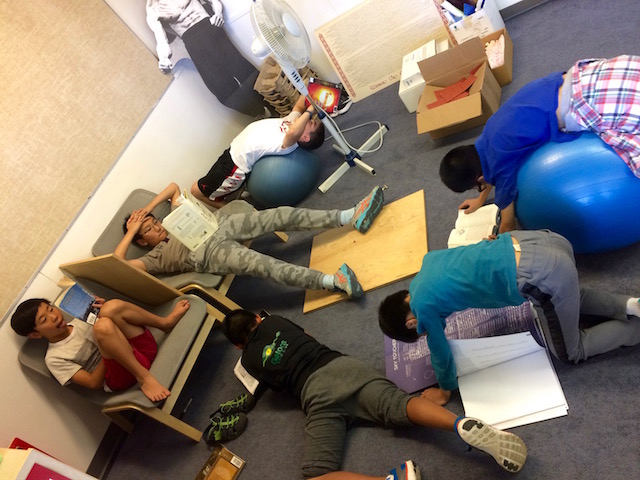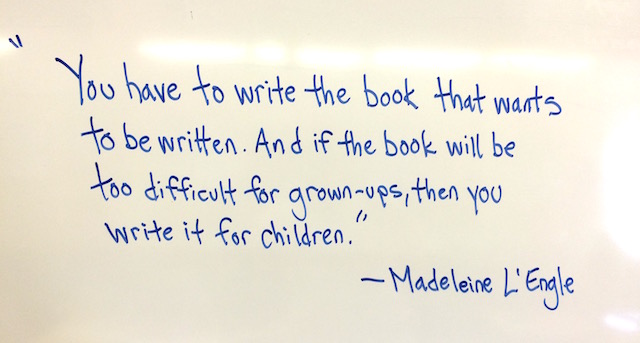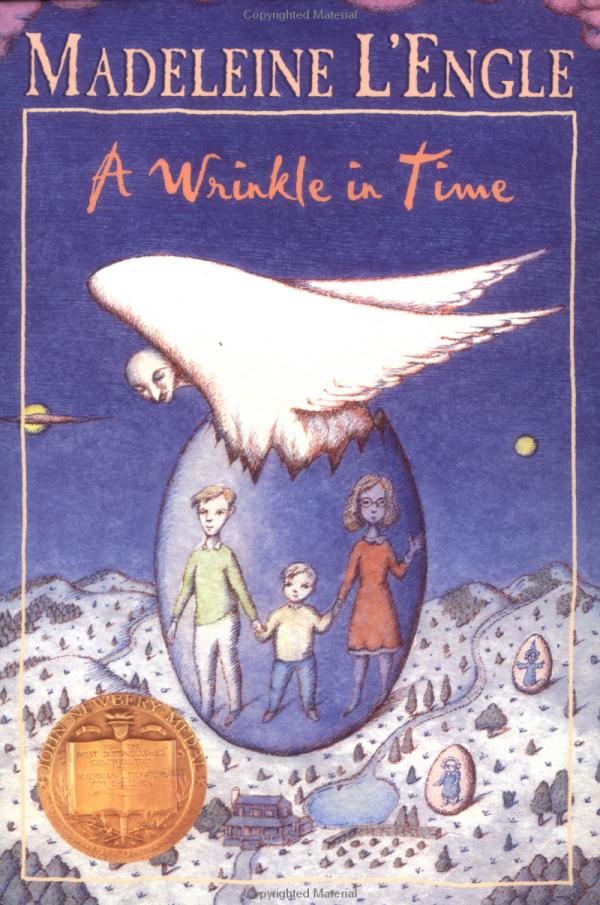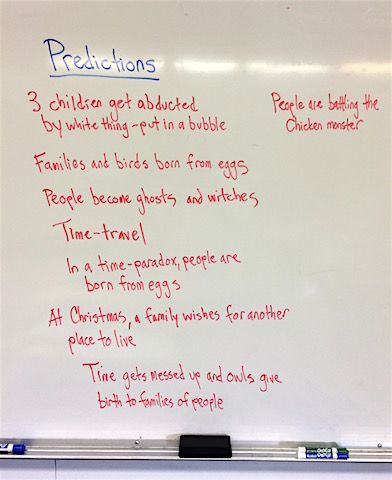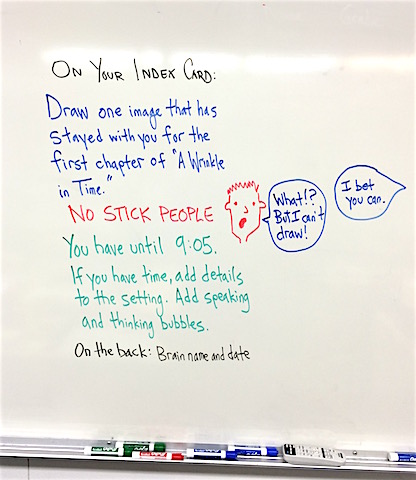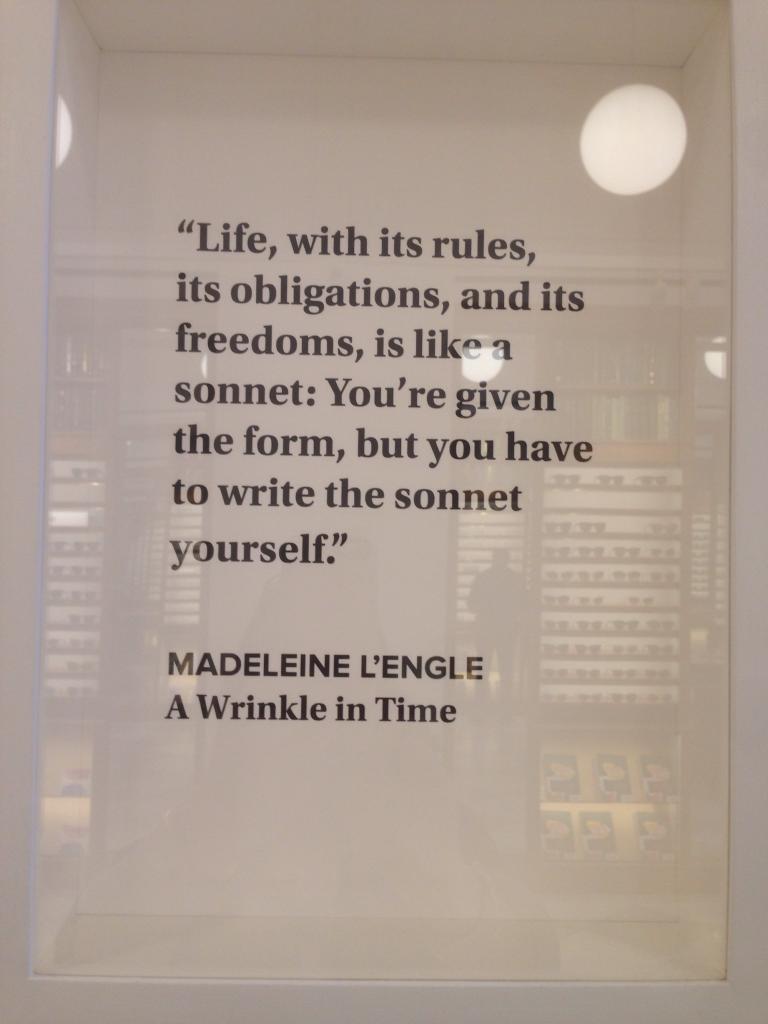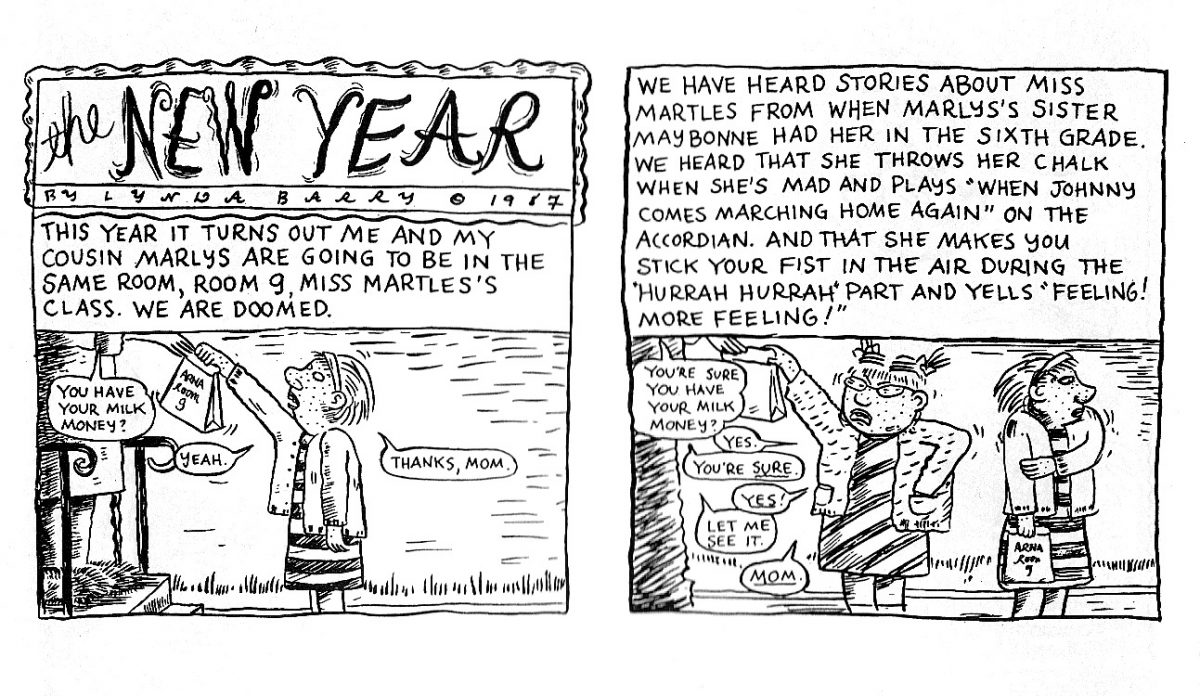
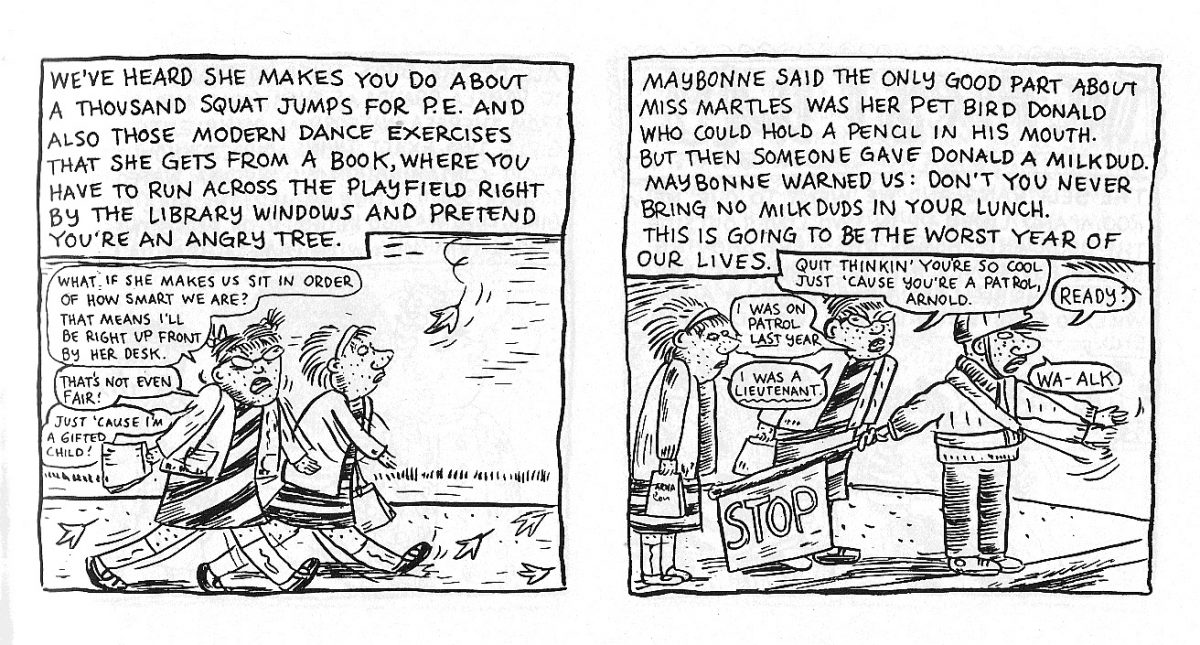
(Lynda Barry, Down the Street, Harpercollins, 1988)
“Every year, when you’re a child, you become a different person. Generally it’s in the fall, when you re-enter school, take your place in a higher grade, leave behind the muddle and lethargy of the summer vacation. That’s when you register the change most sharply.”
– Alice Munro, “Child’s Play”
I, for one, can attest to the fact that leaving behind “the muddle and lethargy of the summer vacation” is a task not strictly confined to the young. In many ways, coming back was like slipping back into a comfortable and familiar sweater; in others, it was like hitting a brick wall. And in the mysterious ways of Time, 8.16 repeating days in it almost feels like this new group has been inhabiting Portable 2 forever (surrounded by and occasionally bumping into the spirits of our friends from Grade 7 last…).
Truth: it is I who is really the stranger here, as most of you already had the 2015/16 school year together, as the original (1.0) Suncrest MACC 4/5 class; but as discussed, so much has happened in the year prior to this reunion that you really are meeting again as new people, with the opportunity to create a palimpsest of those past experiences and the freedom to take what worked and slough off what didn’t, to rewrite the script of past relationships and ways of being with the pens of your new selves.
To that end, we have been engaging in a lot of work to re-get-to-know each other, to welcome the two new friends that have joined us from Armstrong and Cap Hill, and to create a space where each and every one of us feels safe and celebrated for being our true selves.
People Search!
(Here’s the document we used for the People Search: First Day People Search 2017_18)
Crazy 8s! With ever-expanding rules! In random groups!
(Including special guest, Lori Driussi, who put the “pal” in principal by joining us for an entire morning session, and arrived with her own Elvis deck – things got serious when she announced that she had been practicing the night before… And, proving that principals are people, too, Ms. Driussi had to be gently chastized for continuing to talk after the lights were flickered on and off – one of our signals to bring the room to focus.)
Discussed our Hopes and Fears for the year!
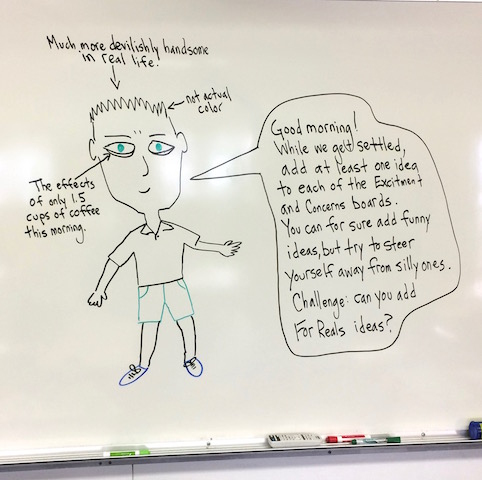



Increased our capacity for team work by throwing balls at each other under the strange sunless sky!
Played King Pong!
(One of my favorites, due in part to the titular “Human chain!” aspect that last years’ class invented, whereby teams can rescue balls from no-persons-land by forming unbroken human chains; in the rush of competition, people who seldom interact are suddenly grasping ankles and hands and working together for the common good. Cue laughter. Thank you to the incredible Mrs. Vennels of SD44 for introducing me to this game.)
Worked in randomly assigned groups to discuss when and why school becomes hard, pre-thought strategies for dealing with feeling overwhelmed, and reminded ourselves of the good feelings that are generated when we finish something that was hard!
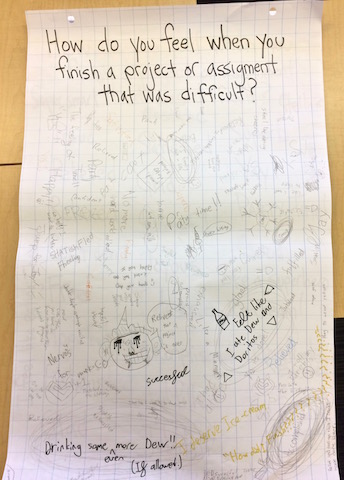
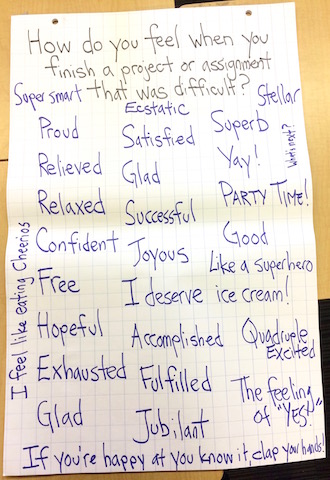
(Advanced warning: in the coming weeks, we will explore why the response, “Not my problem” – which appeared in various forms more than one, two, or ten times – to the question, “What can you do when you see someone else is overwhelmed or stuck,” is detrimental not only to the person who is struggling but also to you, and to our class and school as a whole.)
Learned the concept behind the Wing Chun form of martial arts from a fictional version of Shaolin abbess Wu Mei and applied that thinking to our school work!

Applied aspects of the Applied Design, Skills, and Technologies curriculum to making name plates for our desks!
(The criteria sheet for our Name Plate project can be found here – and also under “Projects,” “Subjects,” “Art” on the main navigation bar on this blog page: Name Plate Art Criteria)
Meanwhile, we:
Watched a video about lunch at an elementary school in Japan!
And brainstormed how we could incorporate some of the Big Ideas expressed in the video into our own classroom!
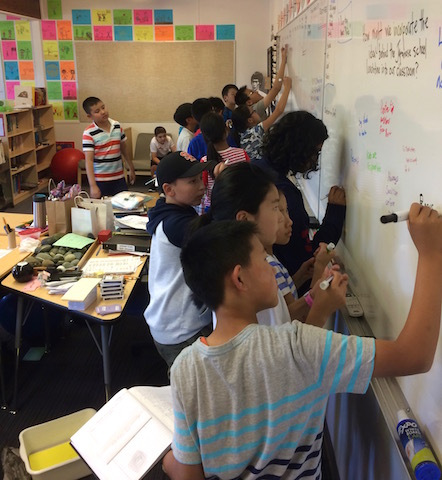

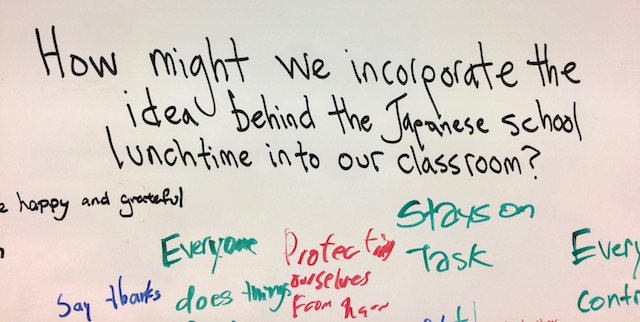

And we:
Simultaneously worked on throwing and catching, strategic thinking, and team spirit with Long Ball (thank you to my Obi Wan Kenobi, Mr. Grundy, at Parkcrest!)!
Had our first Dictionary War! (So intense!)
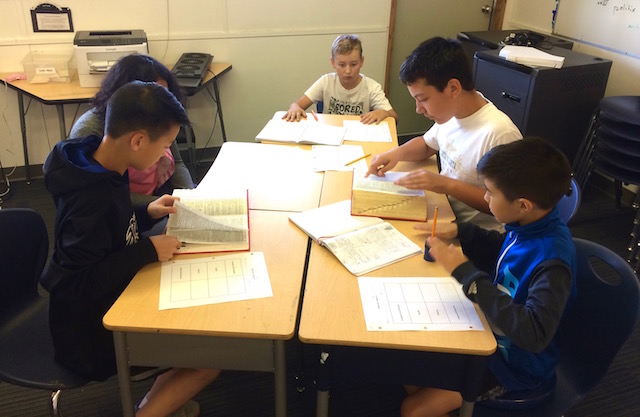
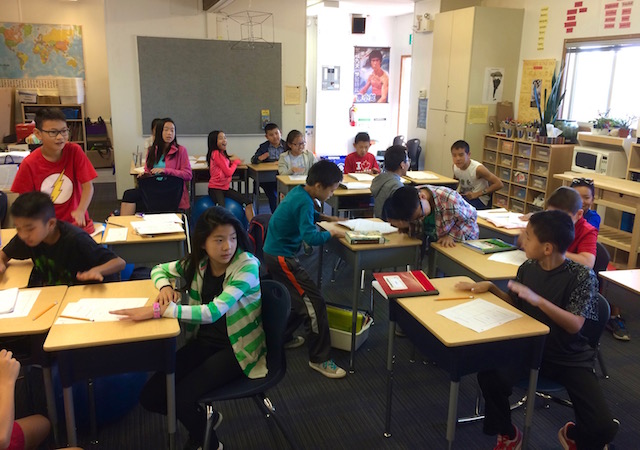
Continued to hone our group work skills (are you sensing a theme, yet?) in the Survival Simulation Challenge!

In this work, students were assigned into groups using the Random Deck of Terror®, and then each student was given a specific role within the group (thank you to the divine Mrs. Pitt, principal of Morley, for this and so many other student-centric ideas).
Groups worked within a set time limit to rank the survival items in order of importance, with special emphasis placed coming up with creative uses of each item.
Groups submitted their choices…
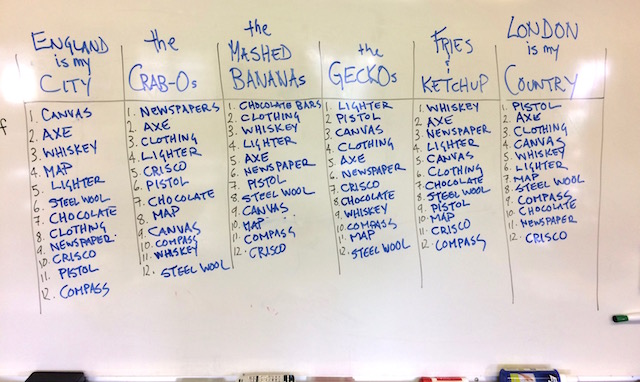
And we found out how they fared against the expert knowledge of Mark Wanvig, a former instructor in survival training for the Reconnaissance School of the 101st Division of the U.S. Army:
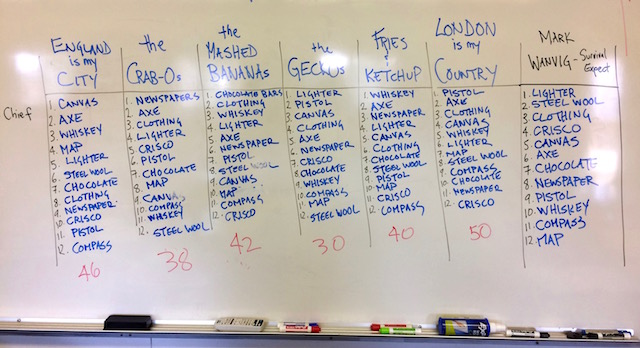
“Steel wool?!?!”
(MACC-sters, can you spot my – what is it? I’ve lost count – 17th mistake, in the photo above?)
The team with the least numerical difference between their ranking and Wanvig’s ranking won, which also gave us a chance to practice celebrating wins and losses equally:
“Gecko’s, you won!”
“Yay!”
“Everyone else, you lost!”
“Yay!!!”
And finally, students privately assessed the people in their group, including themselves, in regards to how each functioned as a group member: Group Work Assessment Form
Concurrently, we:
Started/restarted the practice of Morning Index Cards, to help us all begin the day from the same place, and to practice drawing without judgement!
(Our focus last week – which included self-as-spy and You at Your Best – was on personal identity, part of our big work together this year.)
Humored my tennis obsession by watching some highlights from the US Open and reading commentary in various news sources and tried to distill what we viewed and read into something applicable to the classroom!
From Venus Williams, Petra Kvitova, and Sloane Stephens, we learned perservernce.
Here are your definitions:

My favorite quote of the Open was from a commentator who, after Nadal‘s semi-final match against previous champion Juan Martin del Potro of Argentina, said, “The match was over after Nadal lost the first set,” meaning that Rafa had used the first set to carefully learn about del Potro’s game and form, and was willing to sacrifice the set to do so, before applying what he had learned to a relentless clamp-down of a win.
In addition to perseverance and studious patience, there was also a lot of rich discussion about good footwork as a metaphor for, well, everything, and we learned a lot from Sloane Stephens’s amazing show of good sportspersonship.
After that we:
Found out about the overarching question that will govern a lot of our work this year! And decided which terms would need to be clearly defined before we could begin to explore the question!
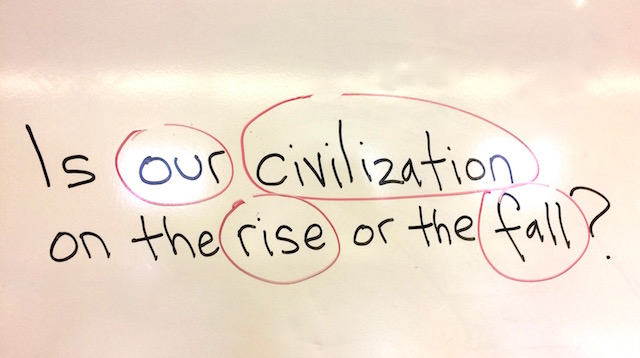
(Psst: project outline for our first mini-research project on Wales in the Middle Ages can be found under the “Socials” tab in “Projects – Subjects” on the navigation bar.)
Began our work understanding the concept of Depth and Complexity, using the icons developed by Bette Gould and Sandra Kaplan!
![]()
First, we practiced as a class, applying the icons to our own classroom.
Then, in randomly assigned pairs, students took a walk around the school and worked together to apply one of the icons to Suncrest, and then pooled their findings with the rest of the class.
Next, students worked individually, applying the icons to their own homes.
And finally, we explored Brené Brown‘s incredible Ted Talk about “The Power of Vulnerability,” viewing it through the lens of Depth and Complexity.
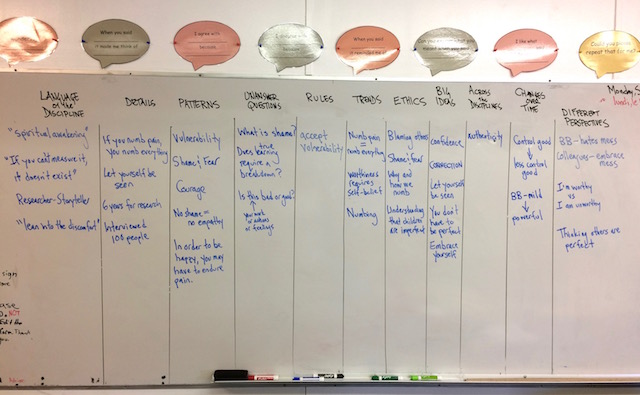
This is, of course, not an exhaustive list of everything we did during those first almost-two weeks (although is has been kind of exhausting to type it all up and resize all those photos… and I imagine is has been fairly exhausting to read and view all this, too! Trust me, I’ll run out of steam in a few weeks, so soak it up while you can). There have been so many other conversations and explorations and games and sharing of knowledge and many, many days of math diagnostics – and, of course, a lot of before, during, and after school 4-Square, 5-Rectangle, and Giant 6-Square. It’s been heartening to watch how quickly you all have come around to things like strategic thinking in PE games and how naturally good sportspersonship seems to be coming to us as a group – and it is wonderful to see so many hands in the air, eager to share opinions and ideas, and, as always, it is humbling to bear witness to the nuance and idiosyncrasies of your creative processes.
And so, newly (re)formed Division 2, unlike Arna and her cousin Marlys, I promise you will never be subjected to “When Johnny Comes Marching Home” on the accordion, and trust me, I will never throw chalk. However, I make no guarantees about not making you pretend to be angry trees in front of the library windows…
Stay tuned…
